That’s right — today we’re sharing a home remedy for cat cold. Because believe it or not, our sweet furry friends can get the sniffles just like us.
Similar to humans, colds in cats are usually the result of a virus.
This then causes a number of uncomfortable symptoms that can make your fur baby feel under the weather.
Cat colds are quite common, but should still be taken seriously. They can be unpleasant for your cat, and if left untreated can cause secondary complications.
Viruses can be extremely contagious and easily transmitted to other cats, so catching and treating your cat’s cold symptoms quickly will help stop the virus from spreading too far.
Fortunately, humans cannot contract colds from cats. And the main culprits that cause cat colds, Feline Herpesvirus and Feline Calicivirus, are easily preventable with the appropriate vaccinations.
Today, we’re going to take you through how to spot signs of an oncoming cold in your cat, what the risks are of your cat catching — and possibly spreading — viruses, and some helpful home remedies for cat colds that can help keep your fur baby more comfortable as they recover.
Away we go!
Key Takeaways – Home Remedy for Cat Cold
Here’s what you can expect from this blog:
- The most common causes of cat colds are Feline Herpesvirus, Feline Calicivirus and Cat Flu. These can be easily prevented by keeping your cat up to date with their vital vaccines.
- Kittens, senior cats and cats with pre-existing health conditions are more at-risk of severe effects caused by colds. So catching things early is the key to a successful recovery.
- Common symptoms of cat colds include: lethargy, coughing, sneezing, discharge coming from the eyes and nose, fever and loss of appetite, often due to congestion or a loss of taste or smell.
- Consult your vet if you are concerned about your cat’s health before trying a home remedy for cat cold.
- Home remedies for cat colds include: reducing your cat’s stress, steam therapy and air maintenance. Also keep your cat warm, hydrated, nourished and well-groomed whilst they are ill.
What Are Cat Colds and How Do They Affect Your Cat?
Cat colds are caused by viruses that are often very contagious and can spread quickly amongst cats. It is vital to seek professional medical advice from your vet if you’re at all concerned about your cat’s health. And it can also be empowering as a pet parent to be aware of the names and symptoms of known feline viruses.
Common viruses that can affect your kitty include:
- Feline Herpesvirus — Characterized as an upper respiratory infection, this virus can become active again even after recovery due to a latency period in a cat’s nerves.
- Feline Calicivirus — Another upper respiratory infection, Calicivirus can cause nasal discharge and sneezing, as well as oral inflammation and ulcers. In more intense cases, the virus can cause crusting, hair loss, hepatitis, and can even be fatal.
- Cat Flu — The cat flu virus can cause symptoms such as sneezing, a sore throat, runny eyes and nose, mouth ulcers, fever, dribbling and a lost voice. If you have a kitten, a senior cat or a cat with a pre-existing health condition, be on the lookout for symptoms of cat flu. It can be much more detrimental to their health than for a young and healthy cat.
All of these viruses are easily preventable with the administration of the appropriate vaccines. Vaccinating your cat is an important responsibility as a pet parent to help keep your fur baby safe from the nasty bugs and diseases of the world.
To learn more, read about What Vaccines Do Cats Need? here.
And if you have an indoor cat and are wondering whether they need vaccines too, check out our article on Do Indoor Cats Need Vaccines? for further info.

Symptoms of Cat Colds
Symptoms of a cold, while similar to the ones we experience, will present slightly differently in cats.
And so it is important to identify symptoms and changes in behavior that may indicate your cat is feeling poorly.
Usually lasting around 7 – 10 days, symptoms of cat colds include:
- Lethargy
- Coughing and sneezing
- Noticeable discharge coming from the nose or eyes
- Fever
If not closely monitored, cat colds can turn into secondary complications such as pneumonia or unpleasant bacterial infections.

Signs that your cat’s cold has progressed into something further
If left untreated, here’s indications that the virus has progressed:
- Discharge coming the nose or eyes that has turned yellowish-green in color
- Congestion as a result of discharge
- Loss of taste and smell which can lead to a refusal to eat.

Treating Cat Colds at Home
If you are at all concerned about your cat’s health, you should consult your vet to get a proper diagnosis and professional medical advice and treatment.
More importantly: always ask your vet before trying remedies at home.
Cat colds will often clear up on their own. However intervention may be required if your cat is in particular distress or it becomes evident that their cold has progressed into a secondary condition or infection.
There are a few at-home remedies which some have found to be effective in the treating and soothing of cat cold symptoms:
- Stress reduction — Cats are particularly prone to stress, small changes or lapses in routine sending them into distress behaviors, which can exacerbate symptoms if they have a cold.
It can be beneficial to create a calmer space for your cat while they recover. For example, keep them in a separate room with all their home comforts and essentials. Provide them with calming treats if they are still up to eating. And look into pheromone plug-ins to help keep them calm from the inside out.
The calmer the cat, the more energy there body will have to fight the cold and stave off further infection.
- Steam therapy — A popular remedy amongst humans, using steam to help clear nasal congestion can be an extremely effective natural treatment that doesn’t require much intervention.
This can easily be achieved by bringing your cat into the bathroom with you while you take a hot shower and allowing them to breathe in the steam.
- Air maintenance — Air can get particularly dry during winter months; it’s prime cold and flu season. The use of a humidifier can bring some moisture back into the air and help with any airway irritation your cat may be experiencing as a result of their viral infection.

A few things to help keep your kitty comfortable
And here’s some extra tips, to keep your cat as calm and comfy as possible:
- Make sure they are kept warm — Just like humans, cats with colds need to be kept warm and snuggly to help them fight off the infection.
- Keep them hydrated and nourished — Your cat may have a decreased appetite when they have a cold. Make sure they are receiving appropriate hydration and nourishment. Consult your vet for further guidance on how to do this if your cat is refusing food and water.
- Grooming — When they are feeling under the weather and particularly congested, cats tend to stop grooming themselves and so as a pet parent it is important that you take up the responsibility of keeping them clean and well-groomed to avoid hair matting and general discomfort.
- Clean away any discharge and gunk caused by the cold — If discharge around the eyes and nose are left to build up, it can be uncomfortably crusty for your cat. So wipe away any excess discharge from these areas to help keep your kitty comfy in recovery.
The Wrap-Up
Your fur baby being poorly can be difficult and distressing. But with research, time and a little bit of extra TLC your cat will be back to their old self in no time!
So there we go, a few handy ways to keep your kitty comfortable when cold and flu season hits.
Above all else, keep a close eye on your cat. Get to know them and the warning signs of when they are off their game. This will help you to catch any illness quickly, so you can get them back to chasing their catnip toys in no time.
From our own experience with Yoda, we know how stressful it is dealing with a poorly kitty. Our recommendations are to give your cat lots of fuss and make their environment as comfortable and calm as possible.
That way, you can rest easy in the knowledge that you are doing everything in your power to keep your fur baby happy and healthy.
Do you have experience with cat colds? How did you manage your unwell kitty? Are there any safe and effective at-home remedies which you found really helped your feline friend to recover quickly? We want to know!
The post Home Remedies for Cat Colds appeared first on Fluffy Kitty.

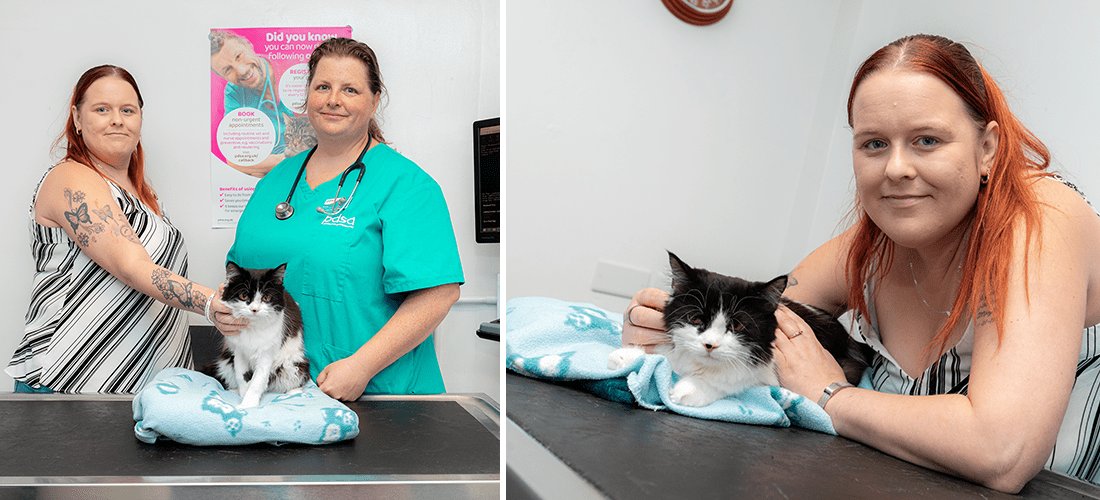





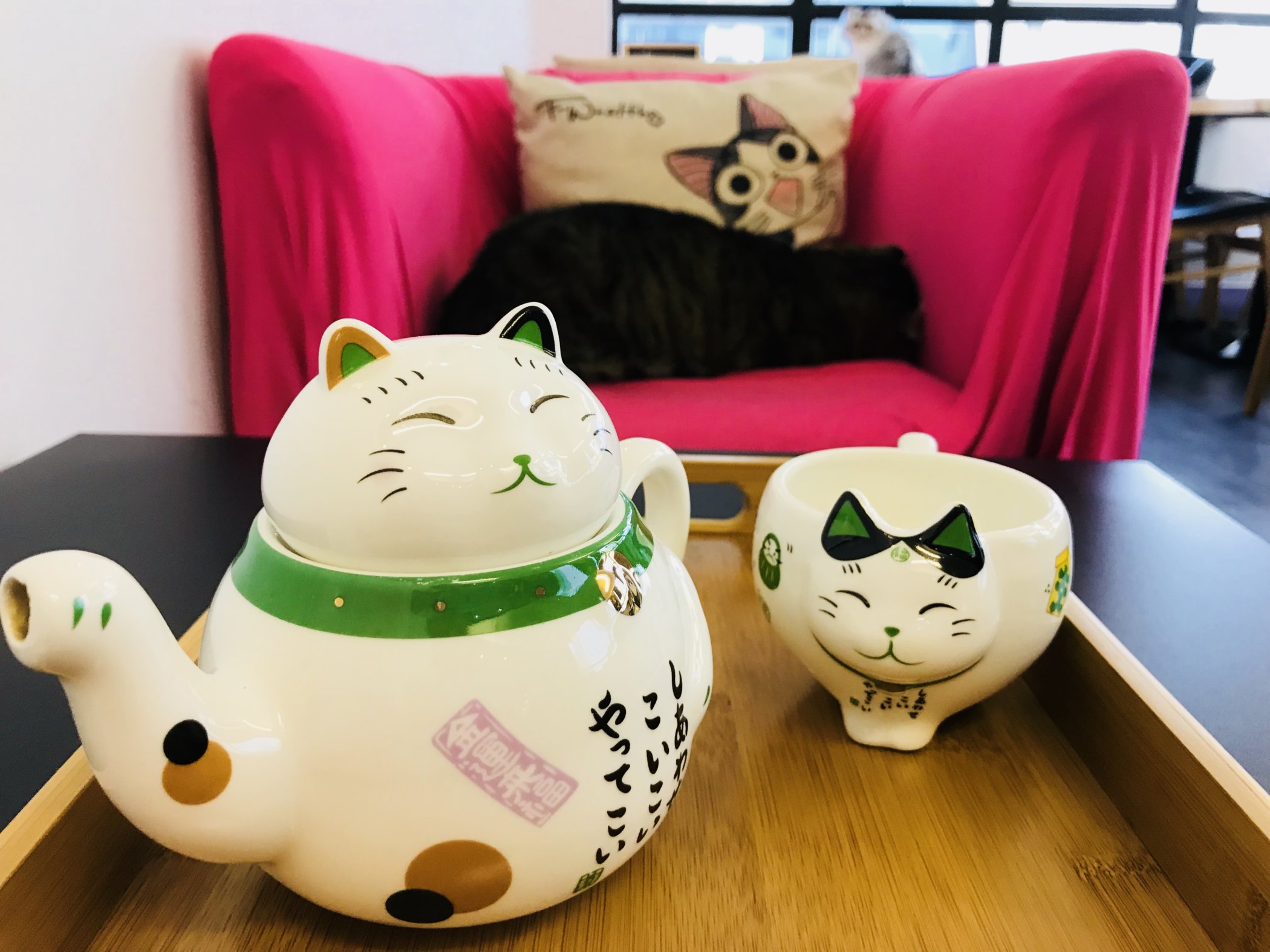


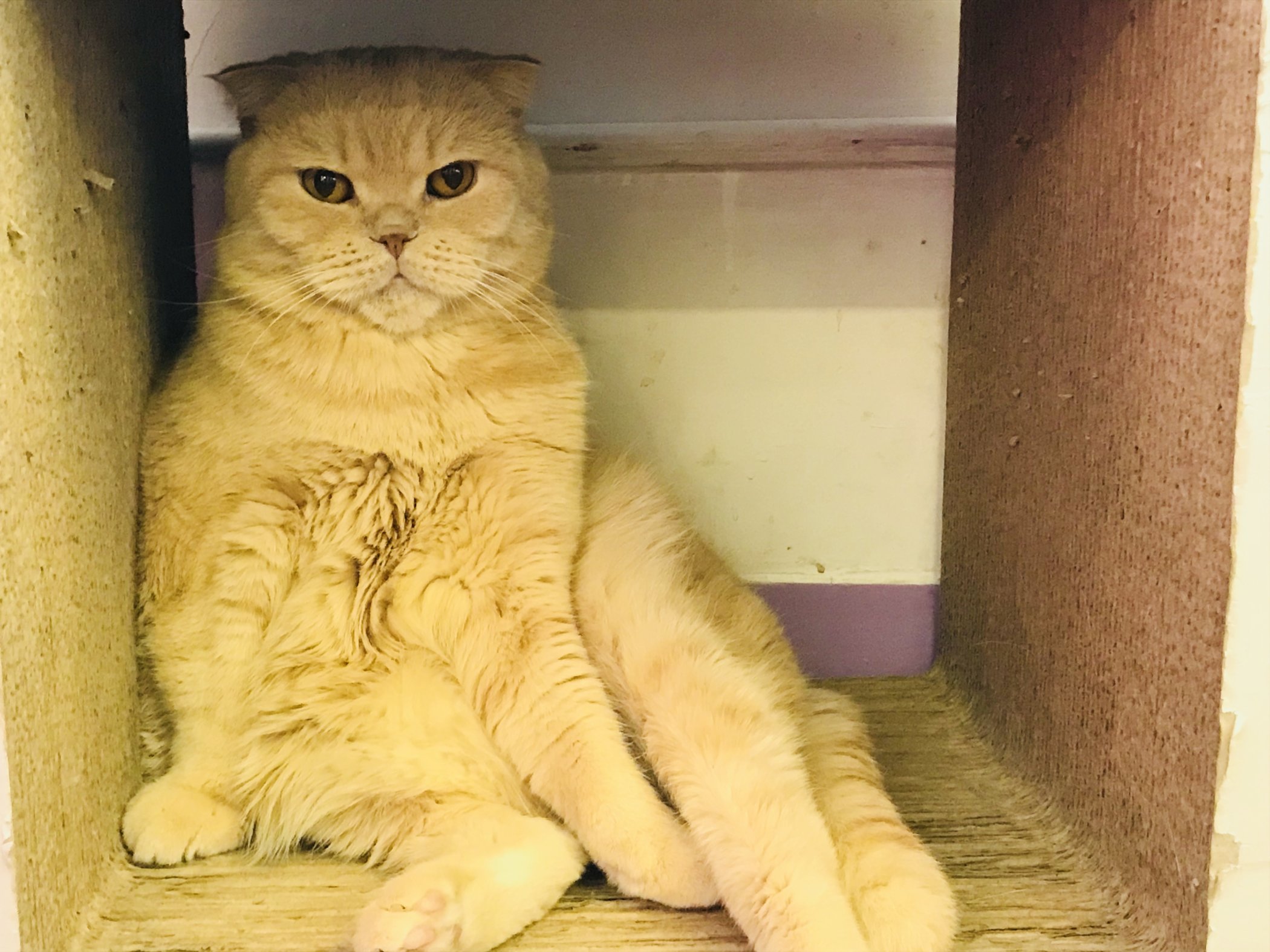
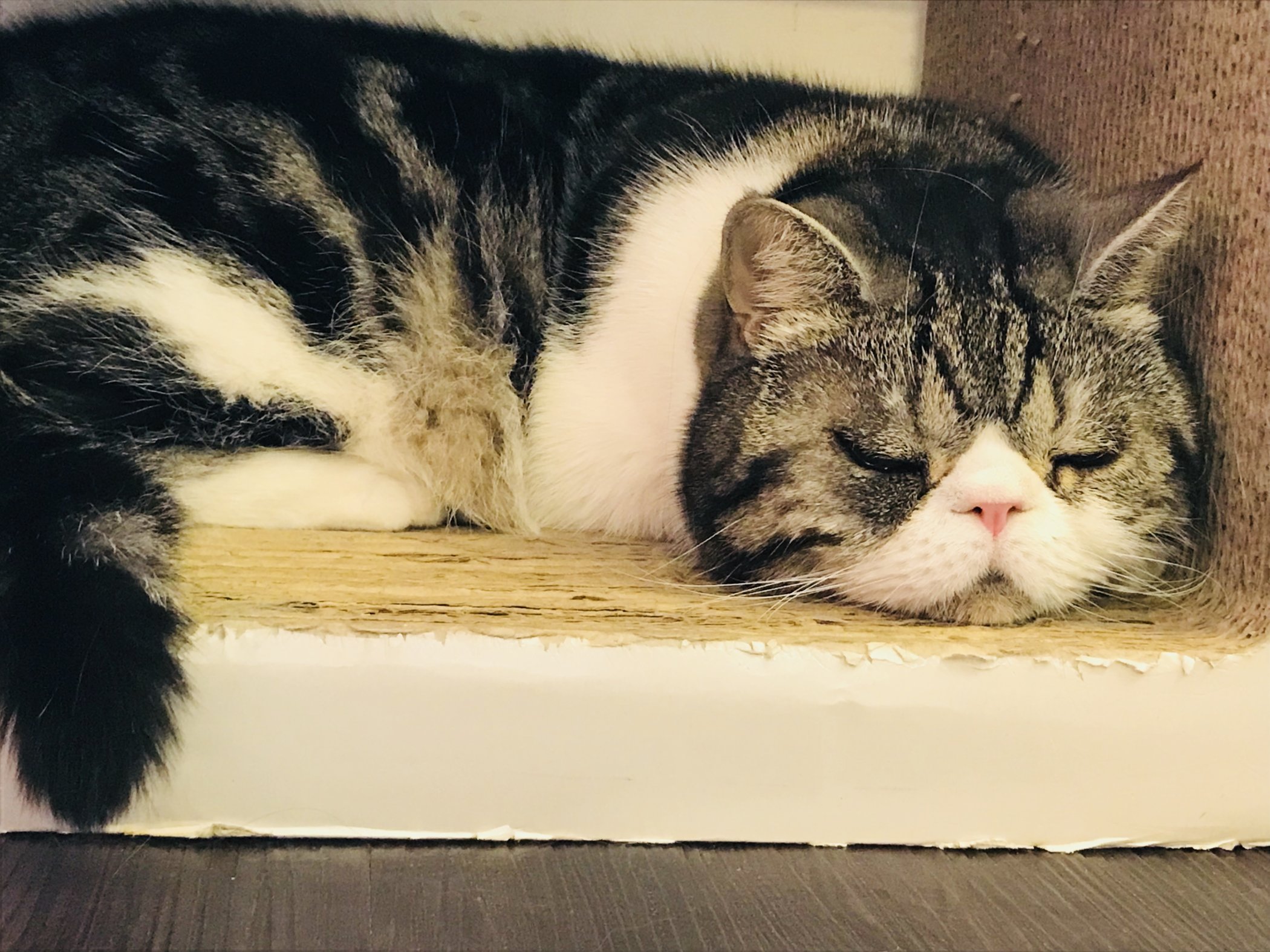
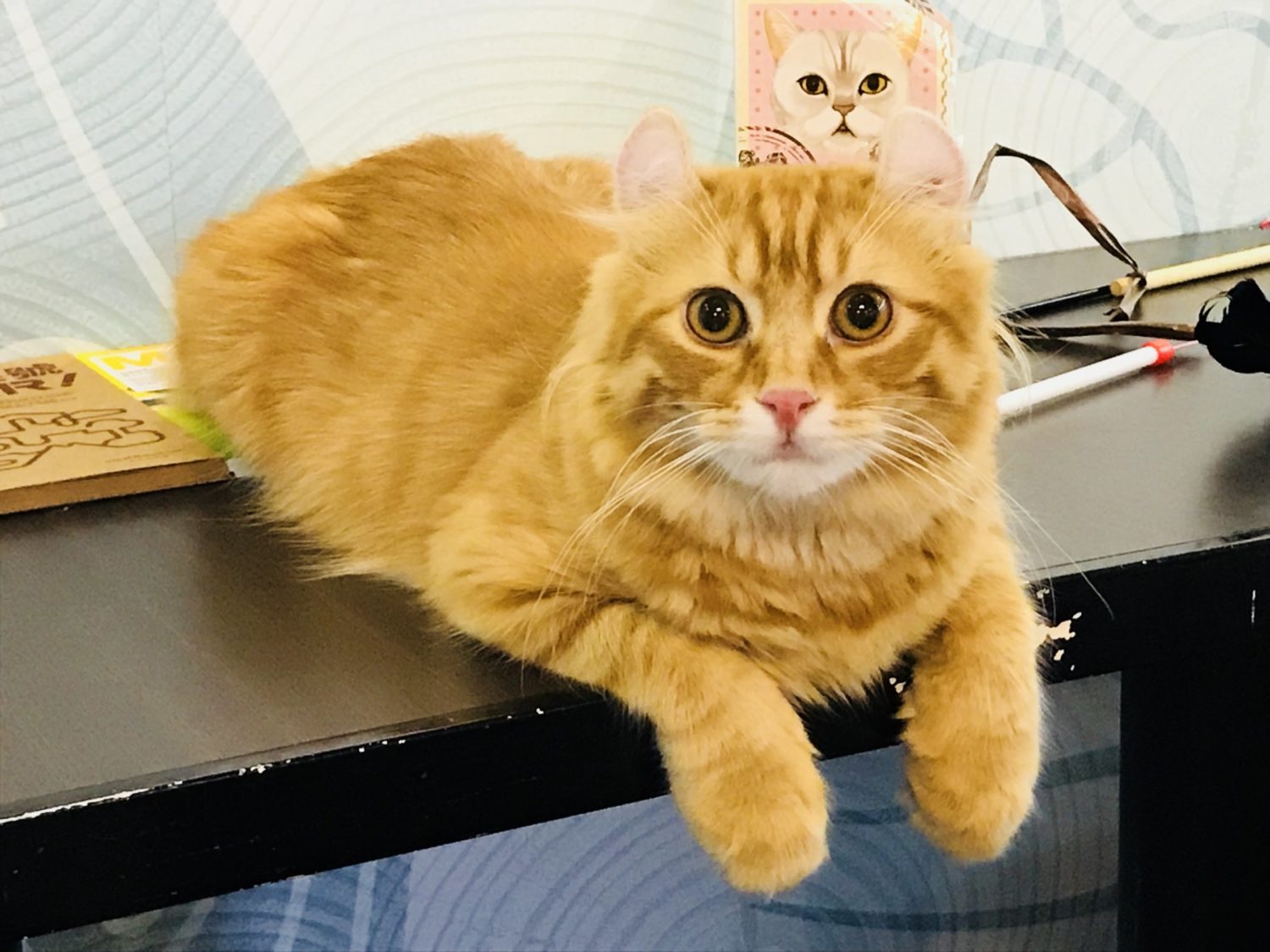







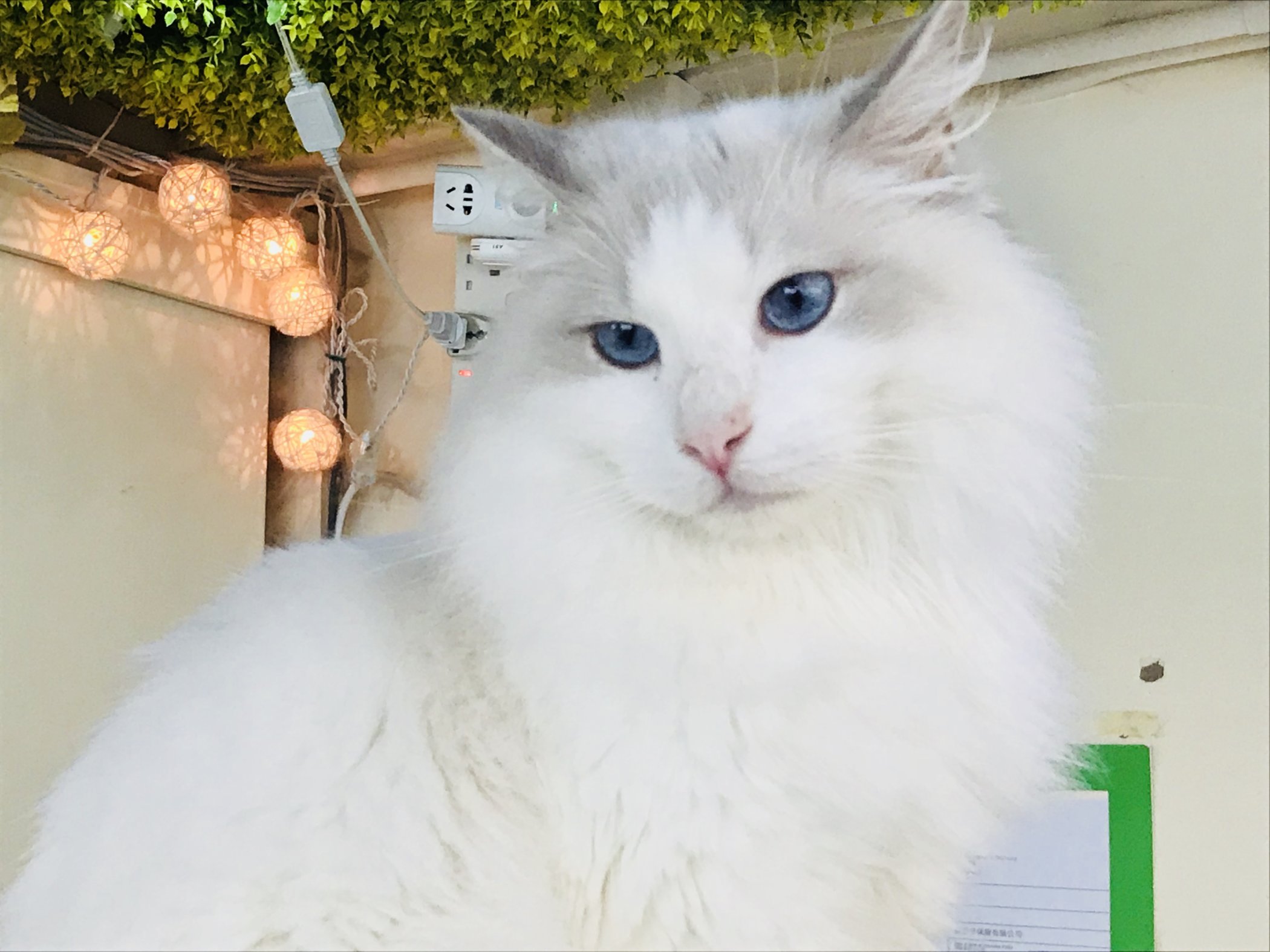

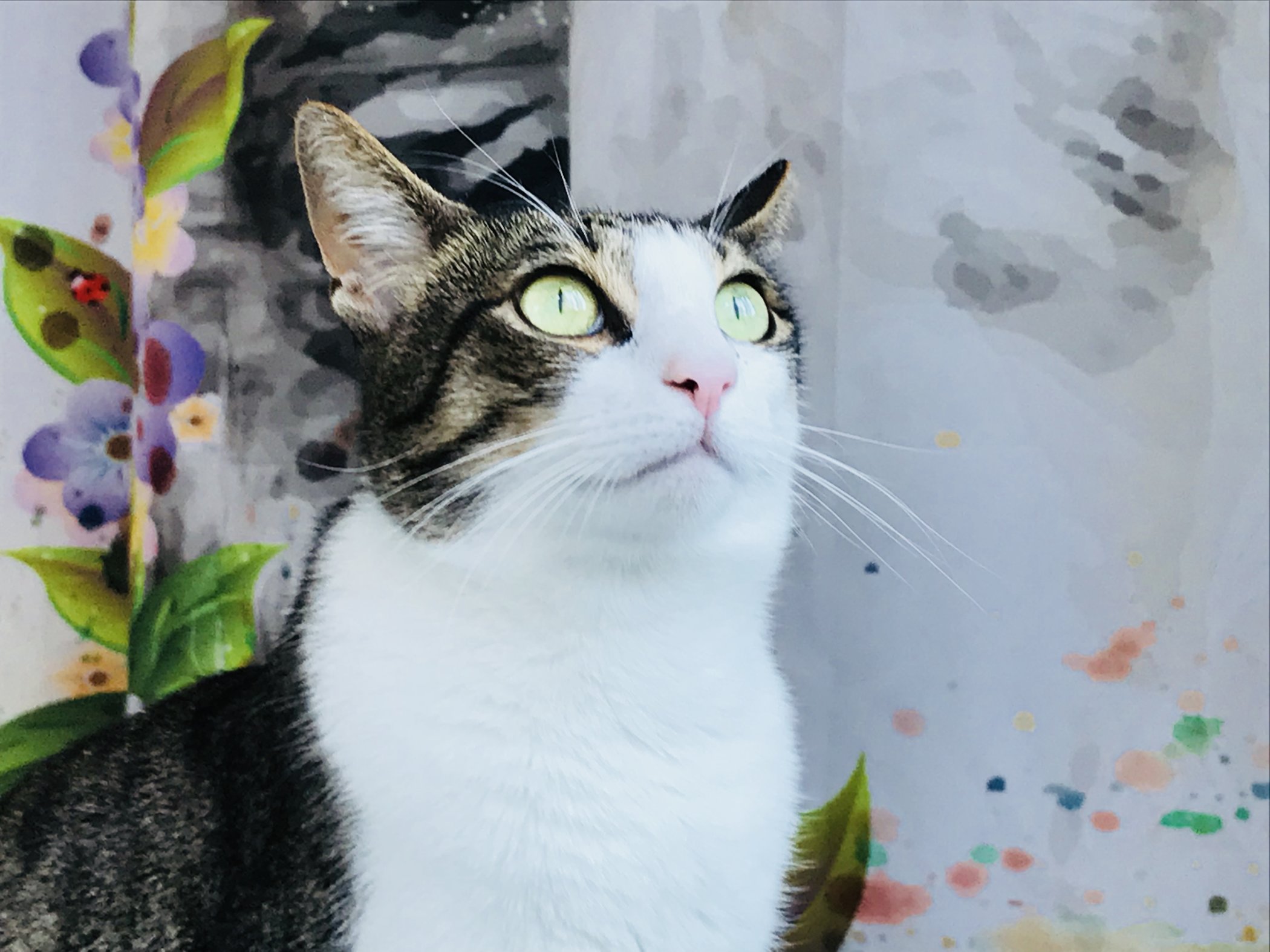
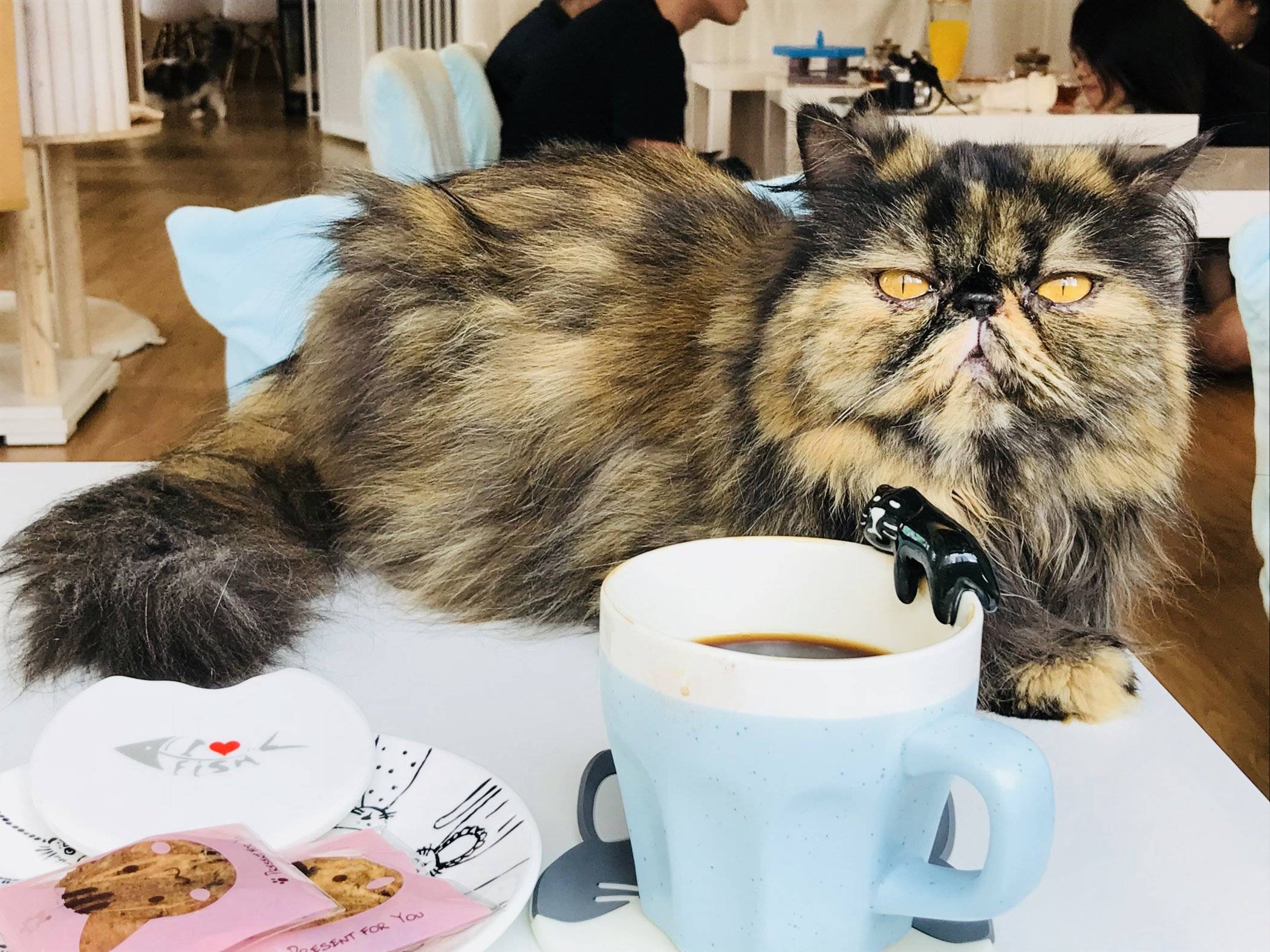
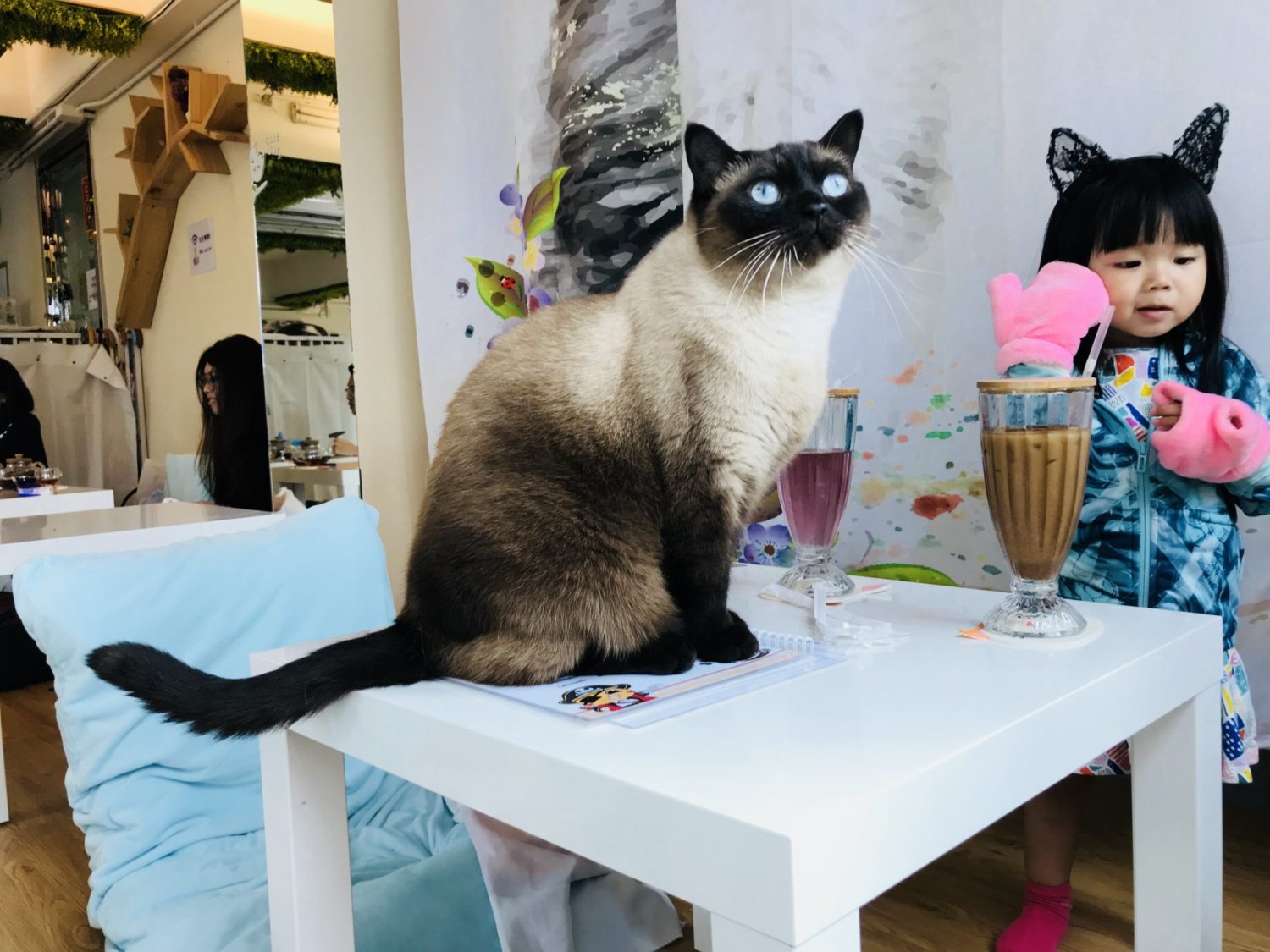
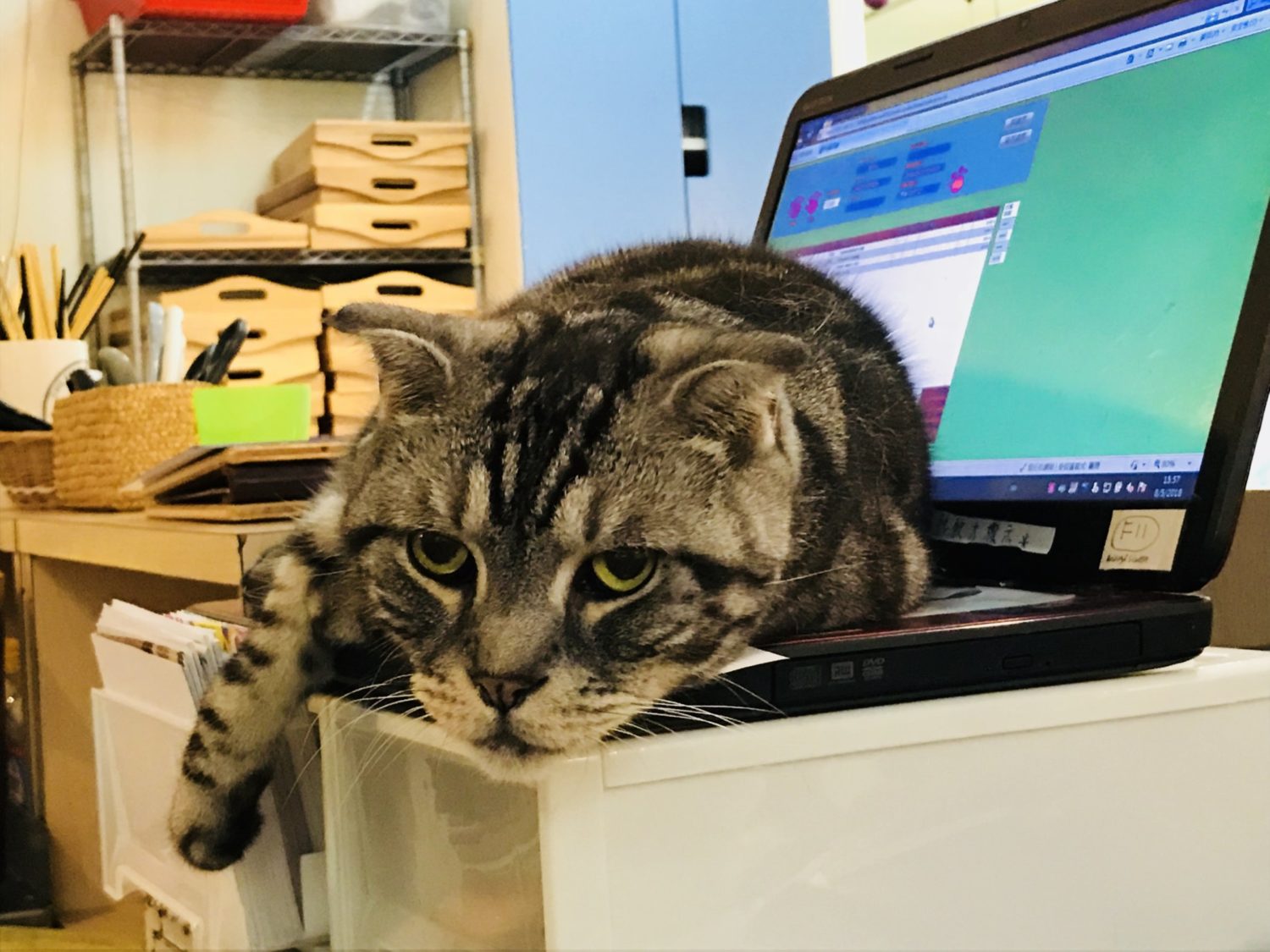


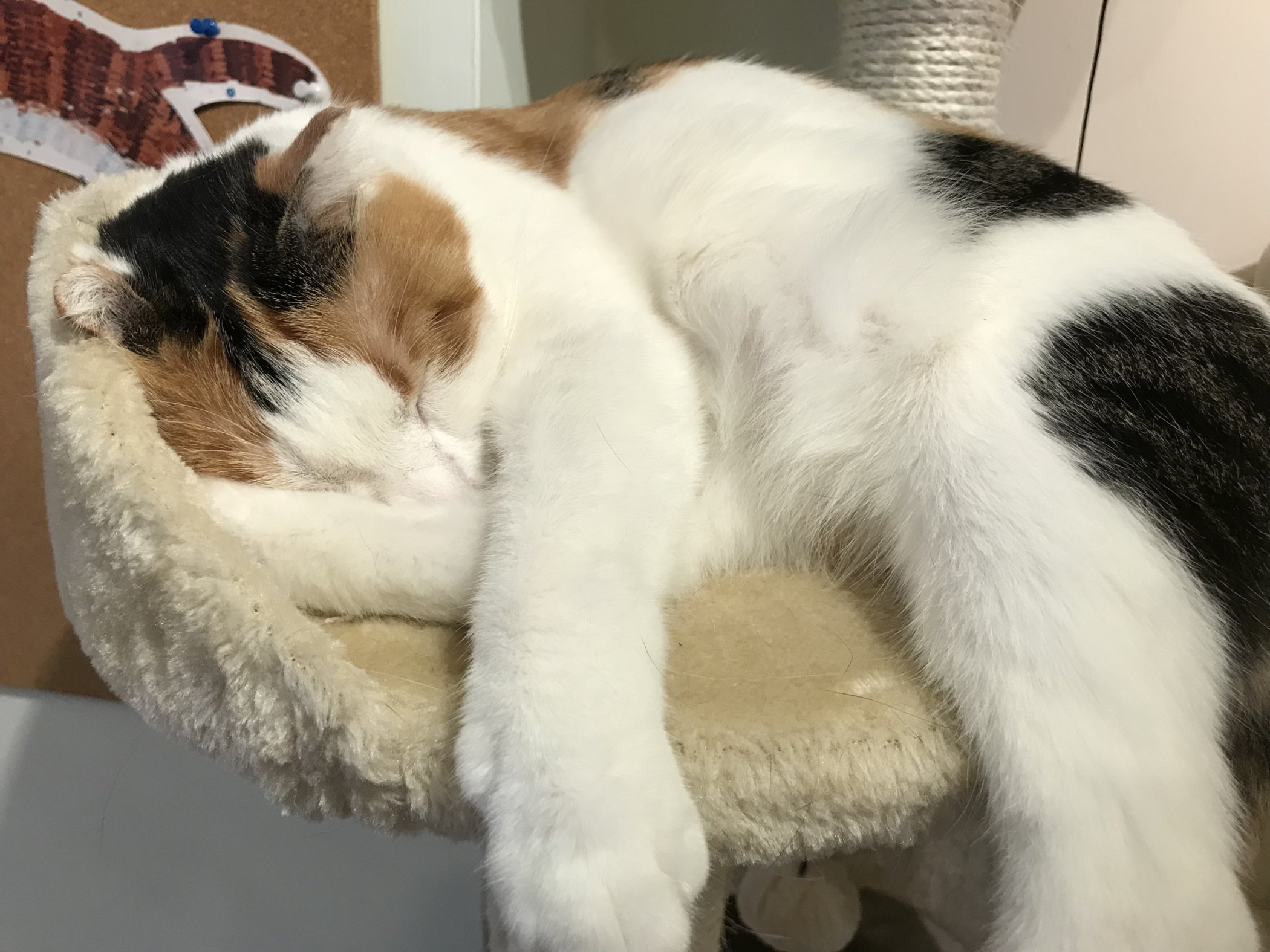


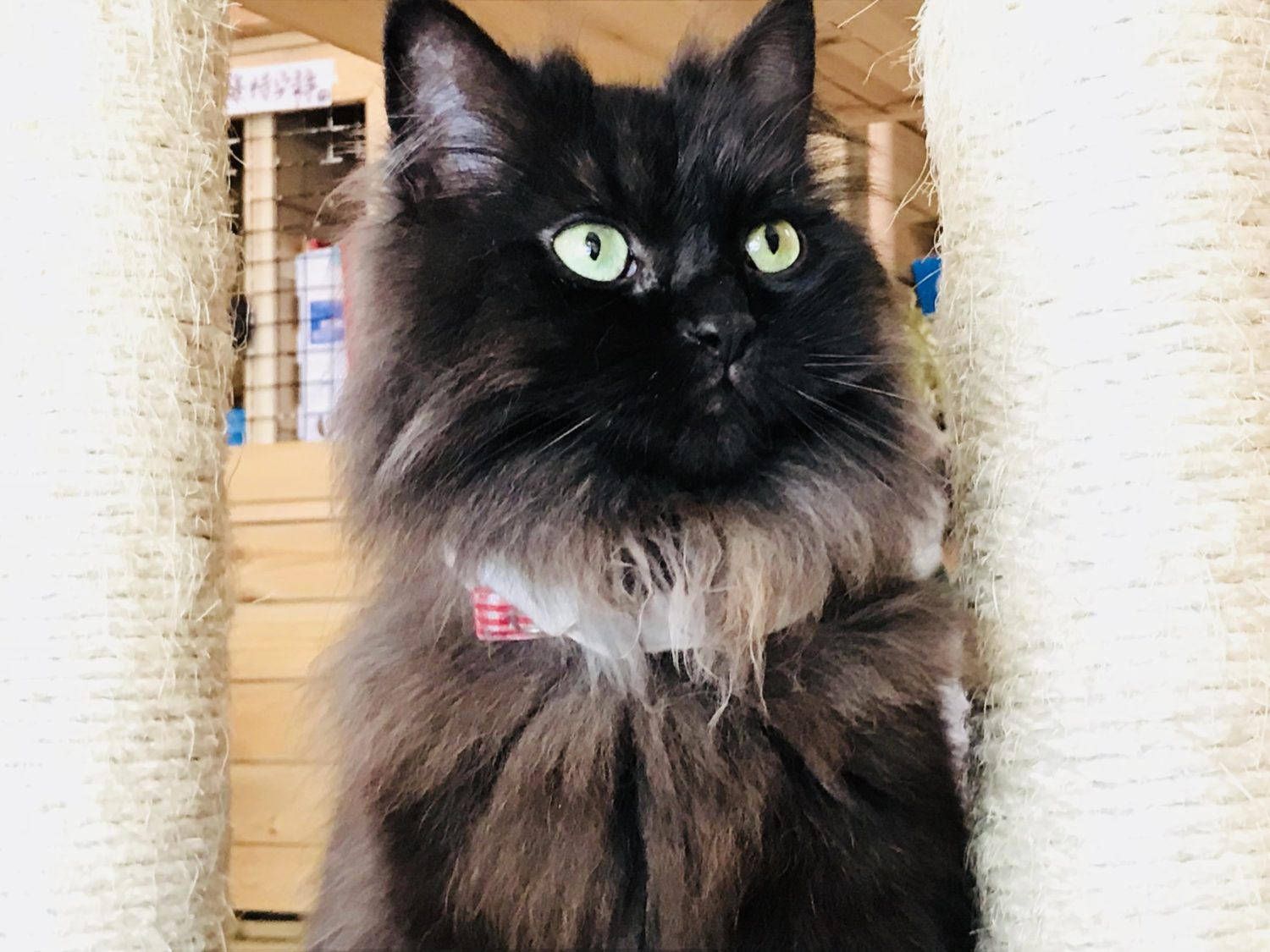


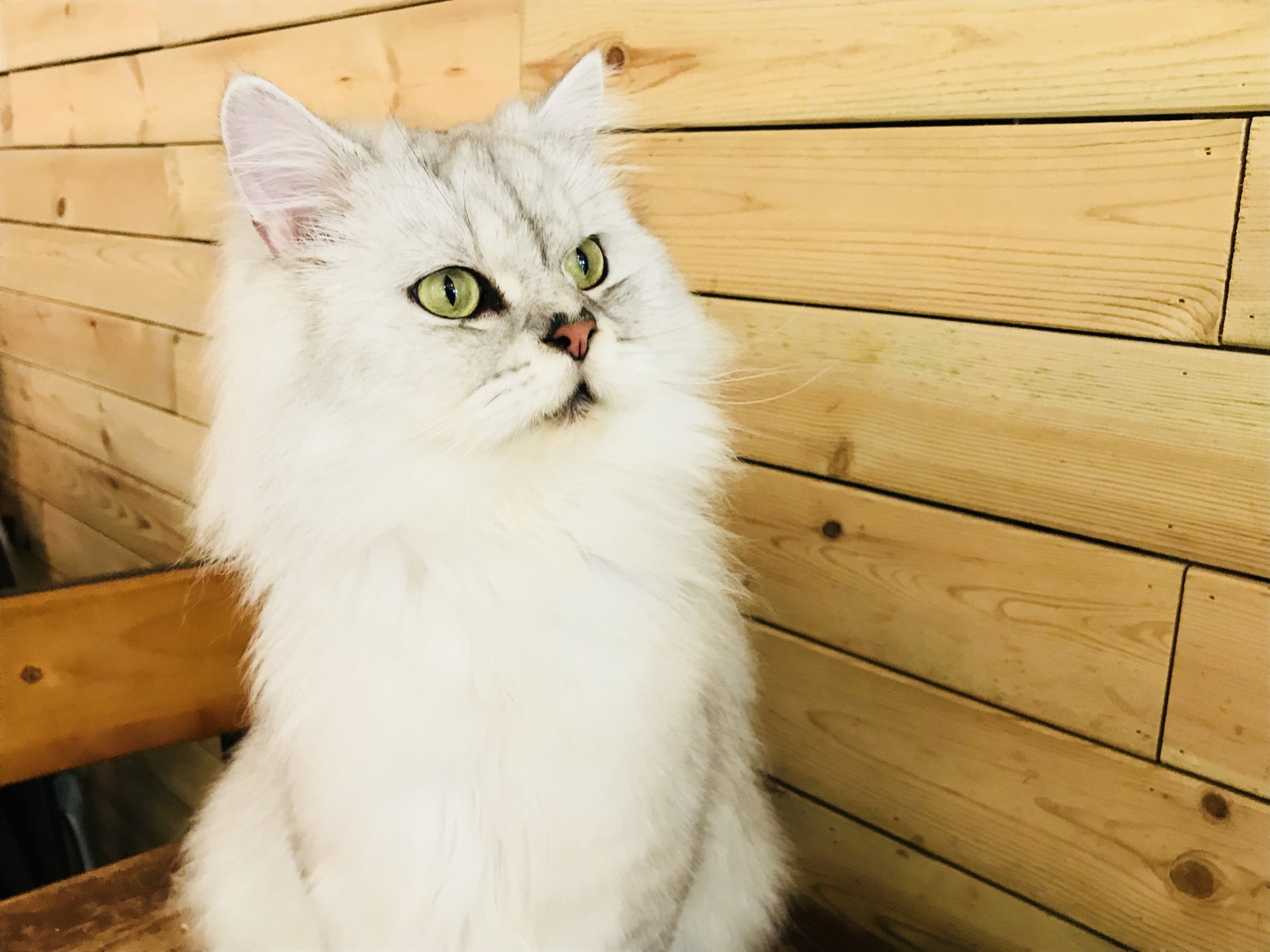
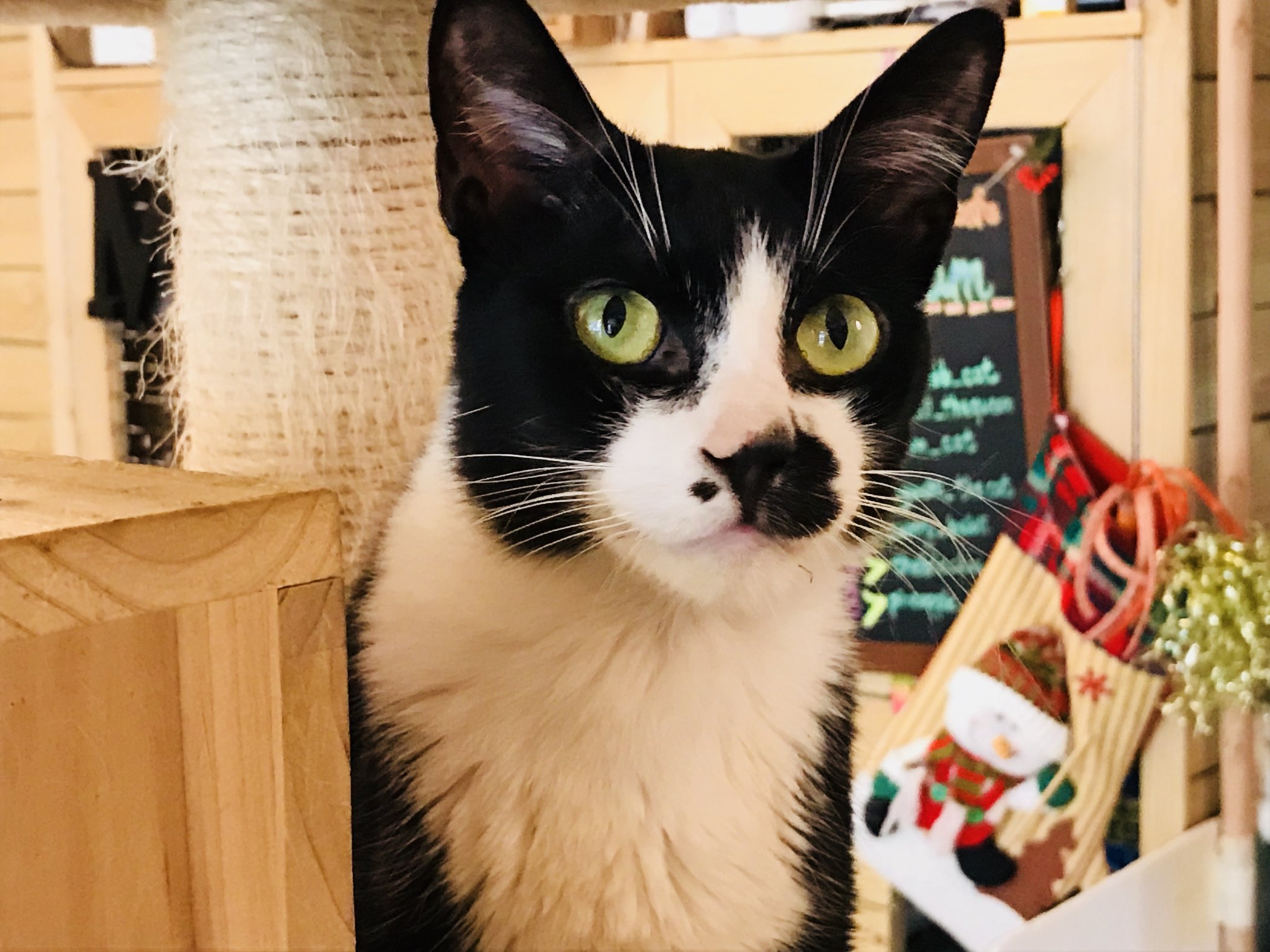
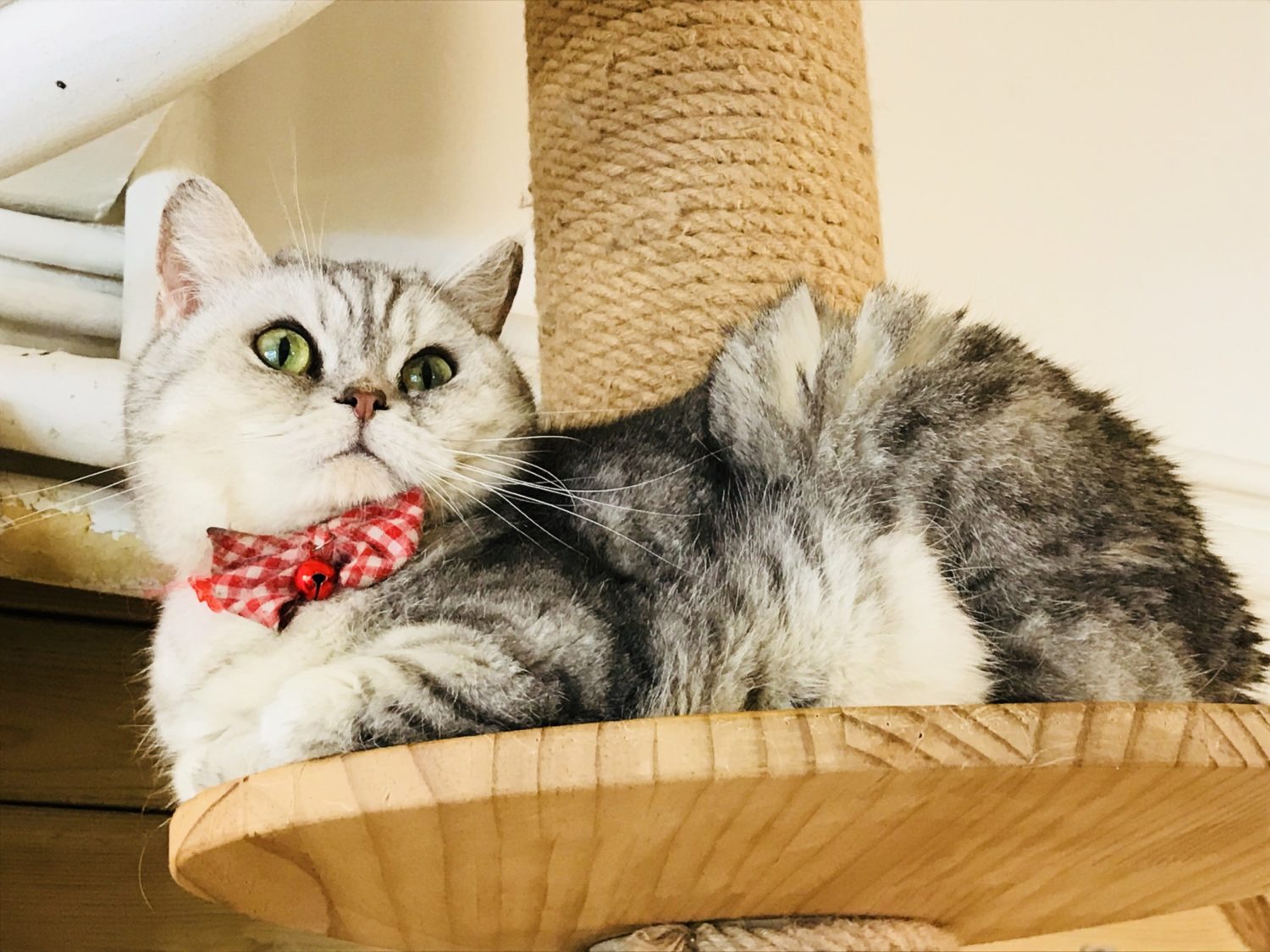





 Carrots – When chopped coarsely, carrots can scratch the walls of the gut and work to dislodge any mucus and nasty critters that may be clinging on. Carrots are also a great source of vitamin A for your kitty.
Carrots – When chopped coarsely, carrots can scratch the walls of the gut and work to dislodge any mucus and nasty critters that may be clinging on. Carrots are also a great source of vitamin A for your kitty.  Chamomile – Chamomile can be effective in the prevention and eradication of whipworms and roundworms. It is also known for its anti-parasitic properties and being very calming on the digestive tract.
Chamomile – Chamomile can be effective in the prevention and eradication of whipworms and roundworms. It is also known for its anti-parasitic properties and being very calming on the digestive tract. Turmeric — This brightly coloured spice contains properties that have been shown to help remove worms, as well as being found to help repair damage to the intestines.
Turmeric — This brightly coloured spice contains properties that have been shown to help remove worms, as well as being found to help repair damage to the intestines.  Pumpkin seeds — The amino acid cucurbitacin is present in pumpkin seeds and can help make worms immobile. Meaning they can then be more easily expelled.
Pumpkin seeds — The amino acid cucurbitacin is present in pumpkin seeds and can help make worms immobile. Meaning they can then be more easily expelled. Apple cider vinegar — By raising intestinal alkaline levels in your cat, apple cider vinegar can help to make your cat’s insides uninhabitable for unwelcome visitors.
Apple cider vinegar — By raising intestinal alkaline levels in your cat, apple cider vinegar can help to make your cat’s insides uninhabitable for unwelcome visitors.  Coconut — You can use dried coconut — a known vermifuge — and coconut oil. A cat can make monolaurin from the lauric acid in coconut oil, which then helps with the eradication of parasites. This aids the expulsion of worms in your cat.
Coconut — You can use dried coconut — a known vermifuge — and coconut oil. A cat can make monolaurin from the lauric acid in coconut oil, which then helps with the eradication of parasites. This aids the expulsion of worms in your cat.
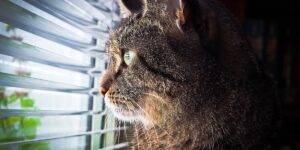






 Check out this
Check out this 











